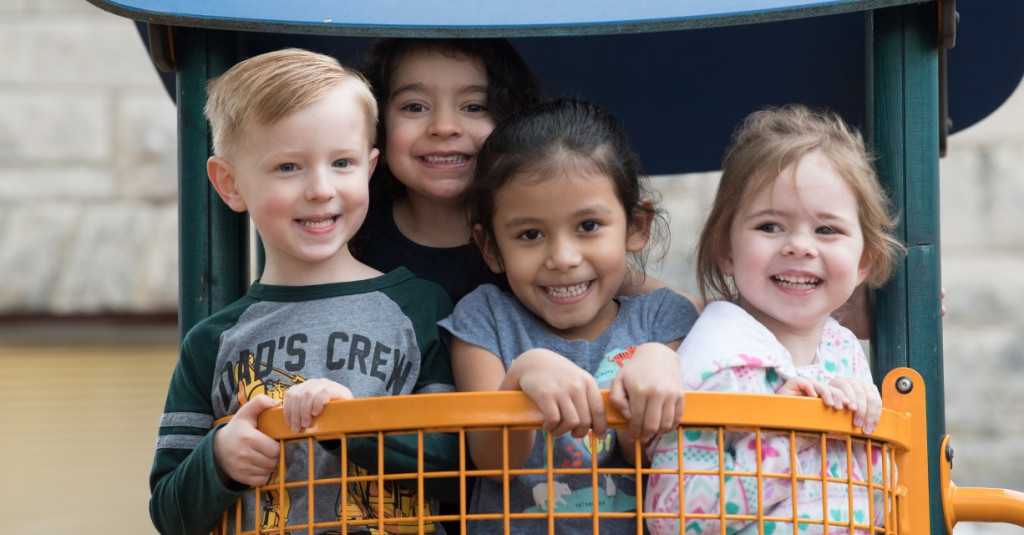The holiday season is an especially good time to consider all that we have to be grateful for and to reflect on the ways that we practice gratitude in our lives. Being thankful strengthens our relationships and our connection to our community, and studies show that expressing appreciation makes us happier and more compassionate people.
Although adults understand the worth in expressing gratitude, young children find it more difficult. Gratitude involves being sensitive and empathetic to others, and truly appreciating what others do for you. While children can quickly learn to say please and thank you, it takes time and guidance to help them truly learn to be grateful.
Young children, by their very nature, are self-absorbed. In fact, Montessori described children from ages 2–7 as being egocentric, or unable to see a situation from another person’s point of view. According to Montessori young children primarily think and communicate about themselves. They automatically assume that the experiences and thoughts that they have are shared by others. Even in this egocentric phase, however, children can begin to understand gratitude when they are offered repeated opportunities to experience being grateful.
Here are a few ways you can teach children about gratitude:
• Develop the habit of vocalizing good things that happen. Comment as events are happening, such as “I appreciate you helping fold the laundry.” Or talk about events after they occur, on a bigger, family scale like at dinner or bed time.
• Invite children to help with daily tasks. Even very young children can help set the table, fold towels, or help feed the pet. The more they help, the more children understand and appreciate the efforts of others.
• Encourage children to help others in the community. At school we collect food for the food bank, but there are many other charities in need. Giving away toys or clothes and having children help them you select them, gets them involved.
• Write thank you notes together. Expressing gratitude in writing helps children think about and communicate why they are thankful. Young children may draw a picture and dictate their letter. Older children may enjoy writing their letter on beautiful stationery or they may prefer email.
• Don’t be afraid to say no. Giving in to constant requests for treats can make children feel entitled, not grateful. Be upfront about what you are going to do ahead of time: “Today, we are going to the grocery store to buy a gallon of milk and some bread. We are not buying candy or toys.” Then, make sure you follow through.
• Involve children in selecting gifts for others. During the holidays, ask children to make gift lists, thinking about what other people would like to receive. Invite them to shop for and wrap the presents, and then to give the presents to the recipients.
Teaching children to be grateful and show appreciation takes patience. Gratitude is a quality that needs cultivating over time. But encouraging children to be grateful and modeling its importance is well worth the effort as it lays the foundation for children to develop a positive, optimistic outlook on life.

